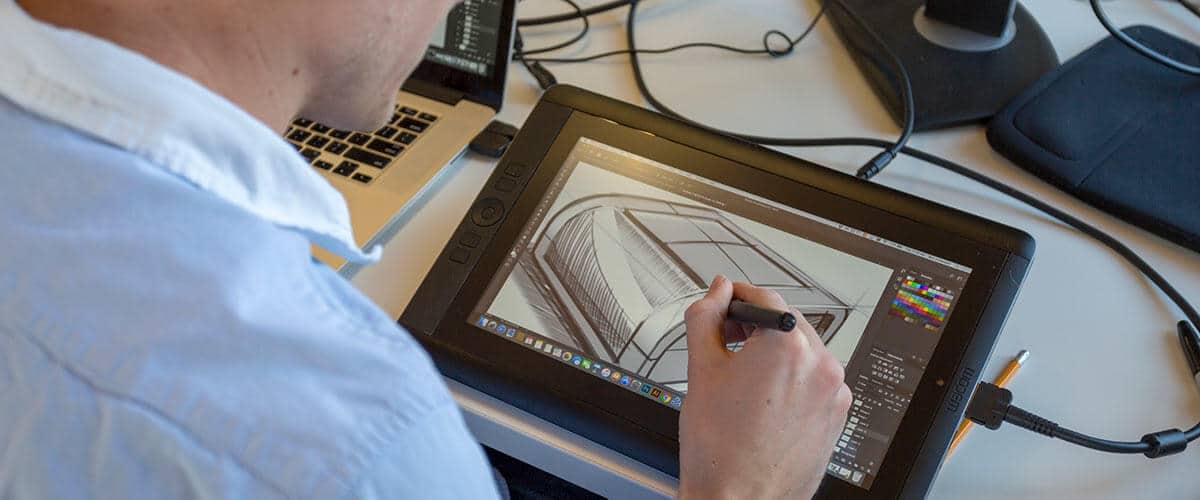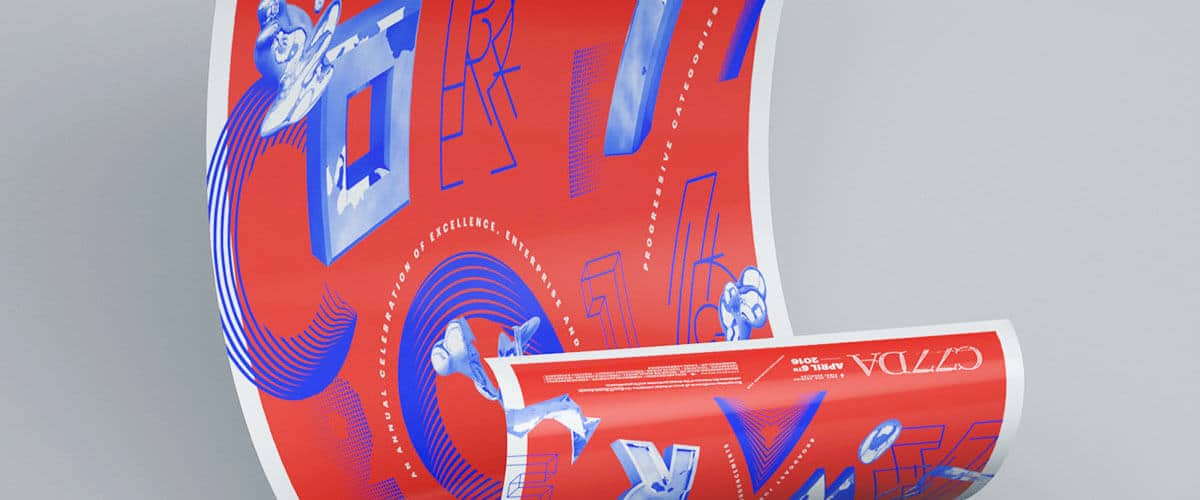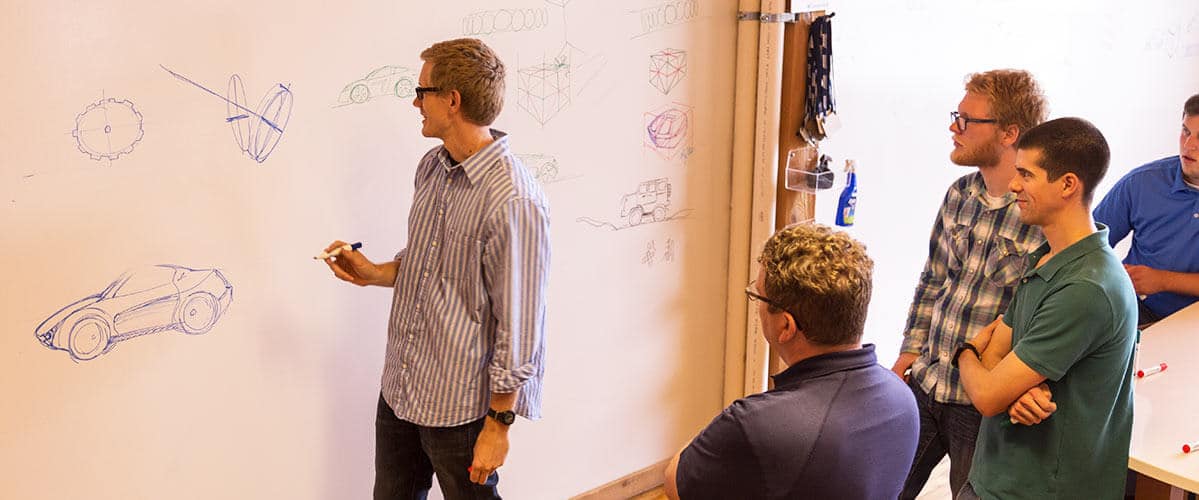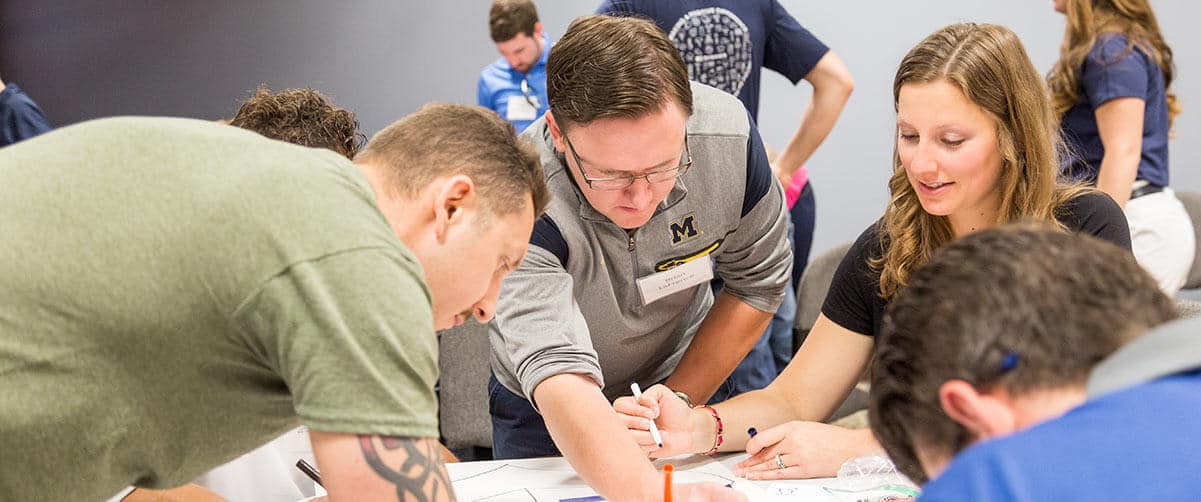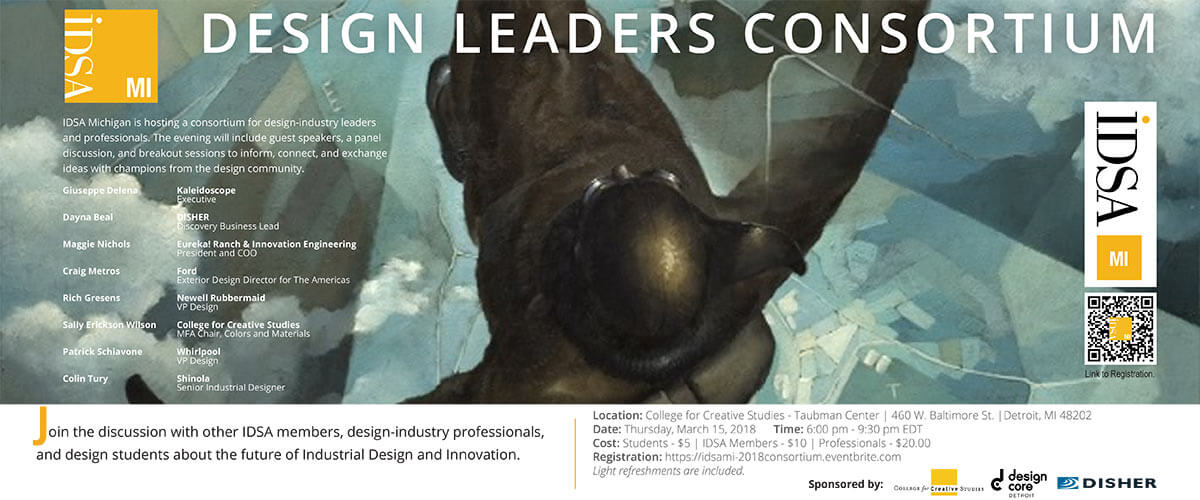
“No man is an island, entire of itself; every man is a piece of the continent.” – John Donne
Imagine you are a designer who was marooned on a desert island for the last ten years. You are finally rescued this year and brought back to society. Because of the decade-long disconnect, you return to the mainland and are completely surprised by many of the things the rest of us take for granted. Several new technologies have been integrated into everyday life like movie streaming services, android phones, smart watches, and desktop 3D printers. Regardless of your talent as a designer, the lack of connection to the rest of the world make your abilities irrelevant over time.
If a designer can’t keep up with the rate of change, then it becomes very difficult to innovate for the world that you are chasing. Designers need to find ways to keep up with our ever-changing, accelerating world. The best way to keep up with the pace of change is to work together and learn from each other. It sounds simple, but this is not always easy especially if you are the only designer at your place of employment or if you are a free-lancer. It takes effort and intentionality to stay connected. After all, the world will continue to move forward whether you are on the mainland or the island.
The Internet Community
Today’s pace is faster than ever. One of the primary causes is the internet. The internet expedites the sharing of thoughts, ideas, news, and cat videos. It is home for some great design-sharing platforms like Core77, Behance, Coroflot, Pinterest, Fast Co. Design, Kickstarter, IDSA, Yanko Design, Solid Smack, and Product Design Hub. There are trade publications and industry leader interviews that help keep us current. It connects us to people around the world to facilitate the merging and growing of thoughts. I could create a survey today and get user feedback from all over the world in a matter of minutes. However, as great as the internet is, it is not a perfect substitute for in-person design communities. Other than the comments section on design sites, the internet is not as interactive as a conversation and most if not all things on the internet are curated to be seen in the best possible state instead of allowing in-progress reviewing.
A Collaborative Community
People need to meet in communities to share and grow innovation. At DISHER, we have frequent Whiteboard sessions where we gather a group of cross-industry professionals together. Large whiteboard walls are utilized to draw upon and communicate ideas quickly and to readily adapt and change them as needed based on input from our team. When facilitated well, it’s a great chance to learn from other industries and build upon ideas in an energetic environment where they won’t get cut down. DISHER also has the unique benefit of learning from our engineer and design teams who are constantly working and learning in a variety of companies and industries. Because of the nature of our consultative business model, this provides a dynamic atmosphere to learn and innovate in. Another example of a collaborative design environment is a startup weekend. At this type of event, designers, engineers, and entrepreneurs meet, pitch ideas, and build upon ideas with local mentors to develop business plans. These events are capable of generating a solid startup plan in only 54 hours. Any time you interact in-person with a design professional and openly share what you’re learning— be that a portfolio review or just talking about cool gadgets over a cup of coffee, you will expand your knowledge and build your design network.
A Diverse Community
Designers should also seek insight from outside their own industry. Typically, innovation comes from a combination of diverse ideas. Thought diversity is difficult to find without leaving the bubble of your own peer group, community, or even industry. A ten-minute chat with a bike mechanic could spark the idea for the next best drawer slide or smart headlight. Any exposure to another person’s process for understanding and problem solving could help create the next game changer.
Look for ways to attach your island to a continent. One unique opportunity coming up is the Design Leaders Consortium for design-industry professionals and students. The IDSA Michigan Chapter is hosting this event on Thursday, March 15 at the College for Creative Studies in Detroit. The evening will include design representatives from Ford, Whirlpool, Shinola, Rubbermaid, Kaleidoscope, Eureka!, and DISHER, along with a panel discussion and breakout sessions. Other upcoming opportunities include: West Michigan Design Week from March 17-24 in Grand Rapids; the IDSA Midwest District Design Conference 2018 on April 6-7, 2018 in Chicago; and ArtPrize from September 19 – October 7 in Grand Rapids. Consider organizing your own design event to build community and stay current.
DISHER would love to be an extension of your design community. If you need help with product research, ideation, industrial design, or engineering, let us know. Our team of over 100 cross-industry design and engineering technicians are a great resource for the short-term or long-term, onsite or offsite.
Written By: Ben Zuiderveen | Industrial Designer
Ben enjoys taking an active role in DISHER’s front-end Discovery team. He’s a graduate of Kendall College of Art and Design with a BA in Industrial Design, and his hero is Henry Dreyfuss who elevated ID to include human factors, ergonomics, and usability. Ben enjoys mountain biking in the summer, cross country skiing in the winter, and woodworking year round. Mike Birbiglia makes him laugh the hardest.
Written By:

Ben Zuiderveen
Industrial Designer
DISHER Newsletter
Sign up to receive articles and insights, delivered monthly.
Schedule a no-committment project call
Reach out to discuss your project to find out if DISHER could be a good fit for you.

